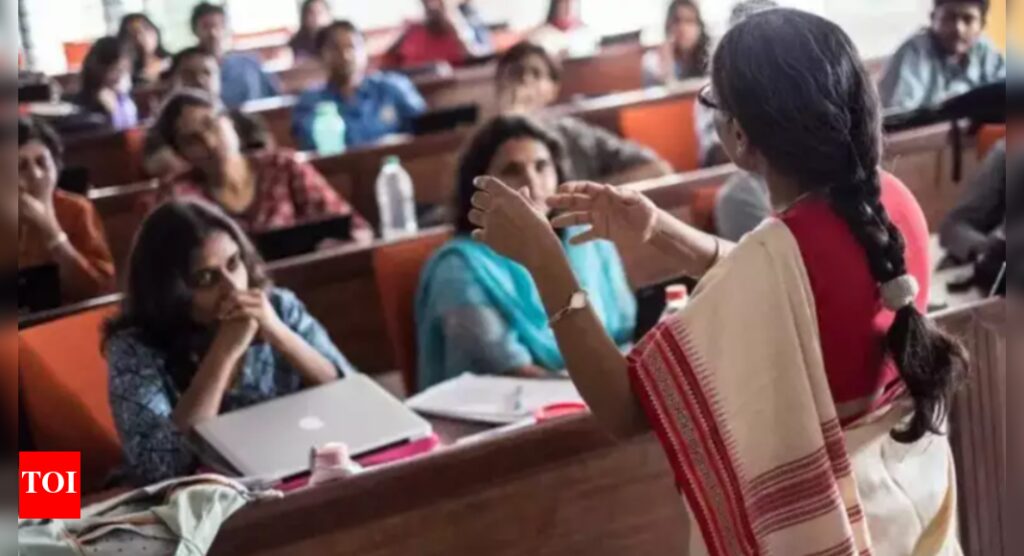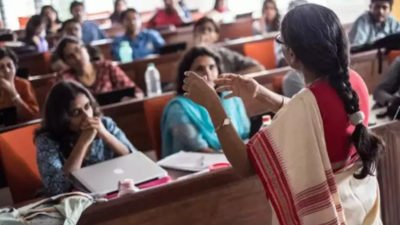State public universities grappling with faculty shortages, poor infrastructure: Niti Aayog

NEW DELHI: State public universities (SPUs), which enrol 81% of India’s higher education students, are grappling with severe faculty shortages and outdated infrastructure, affecting academic excellence and research output.
A policy report by Niti Aayog, Expanding Quality Higher Education Through SPUs, released Monday, highlights that over 40% of faculty positions remain vacant, and only 10% SPUs have well-equipped research facilities, significantly impacting learning outcomes.
Despite these shortcomings, SPUs remain India’s most crucial higher education institutions, ensuring affordable and inclusive education for over 3.25 crore students. To address these issues, the report recommends raising public investment in higher education to 6% of GDP, implementing performance-based funding, and granting greater autonomy to SPUs to improve governance and research capacity.
SPUs, which serve as the backbone of India’s higher education sector, are struggling with outdated infrastructure and insufficient research facilities, limiting their ability to produce impactful academic work. The report warns that access to digital resources remains a challenge, with only 32% of SPUs having fully functional digital libraries, making it difficult for students and faculty to access global research databases.
The report highlights that over 40% of faculty positions remain vacant in SPUs, leading to an unfavourable student-teacher ratio of 30:1, compared to the recommended 15:1. As a result, students receive limited academic mentorship and research guidance, affecting both their learning outcomes and employability. “SPUs must prioritise faculty recruitment and retention strategies. Without adequate teaching staff, the goal of improving academic standards cannot be achieved,” states the report.
The report notes that tuition fees in SPUs are, on average, 60% lower than those in private institutions, making higher education more accessible to students from socially and economically disadvantaged groups (SEDGs).
To revitalise SPUs, the report proposes a multi-pronged reform strategy. It calls for public investment in higher education to be raised to at least 6% of GDP, in line with National Education Policy 2020 recommendations. It also suggests performance-based funding models to incentivise research, greater autonomy for SPUs in decision-making, and stronger academia-industry linkages to enhance graduate employability. Additionally, initiatives such as One Nation One Subscription (ONOS) scheme, which provides free access to over 13,000 global research journals, should be expanded to benefit all SPUs.
The report underscores that govt colleges, particularly those affiliated with SPUs struggle with accreditation due to high NAAC costs, restricting their access to quality improvement funds. Additionally, bureaucratic inefficiencies delay curriculum updates & faculty recruitment, affecting academic quality.






